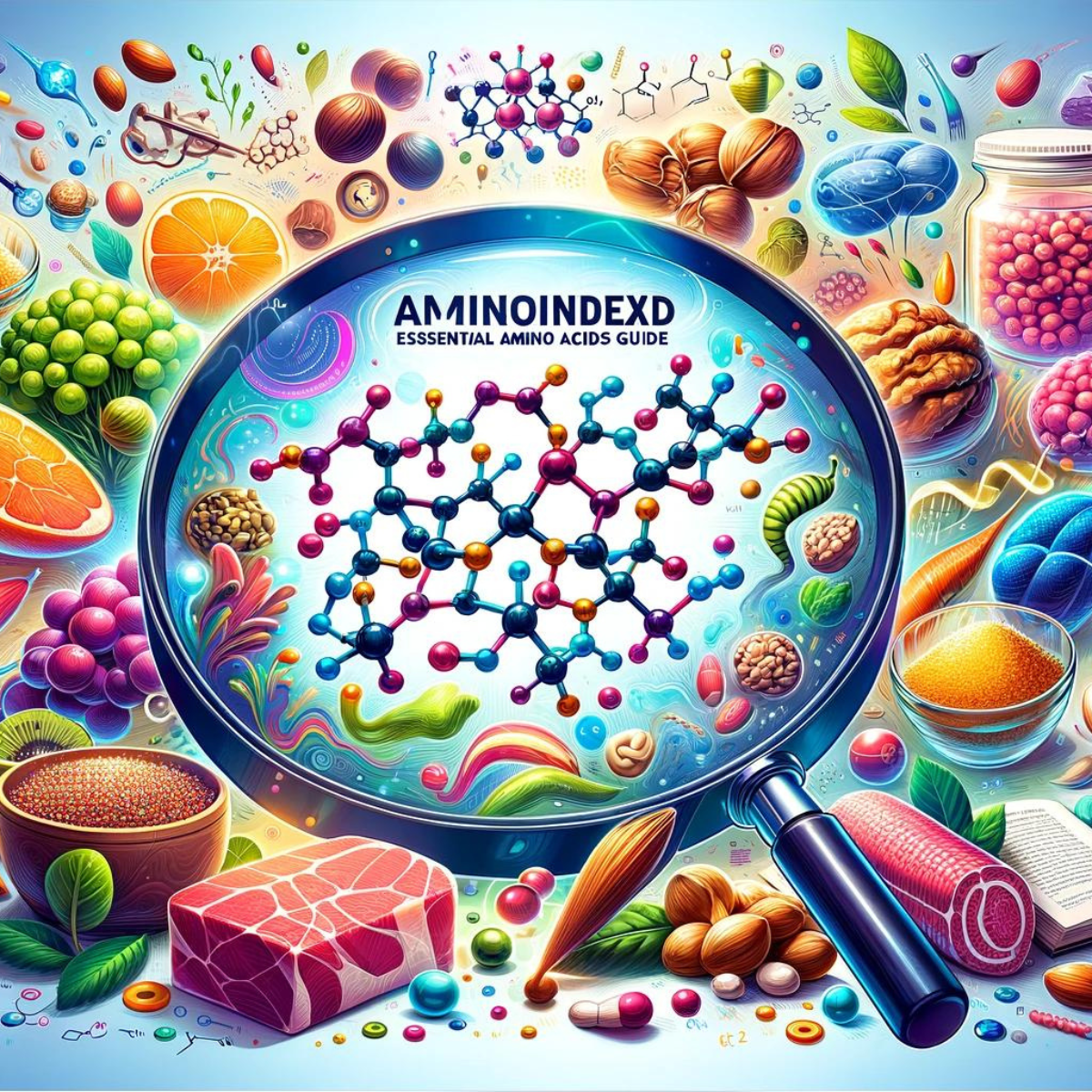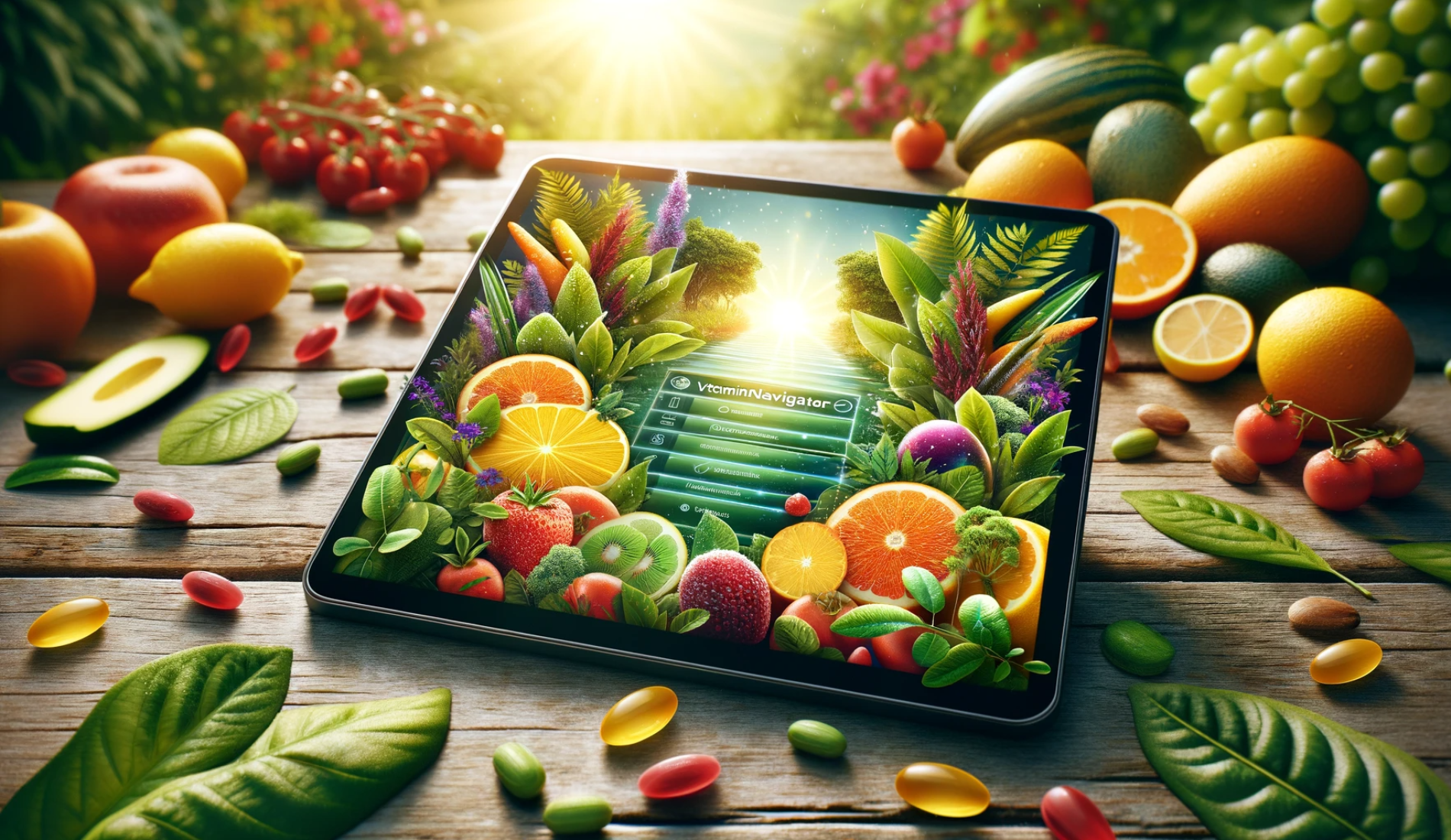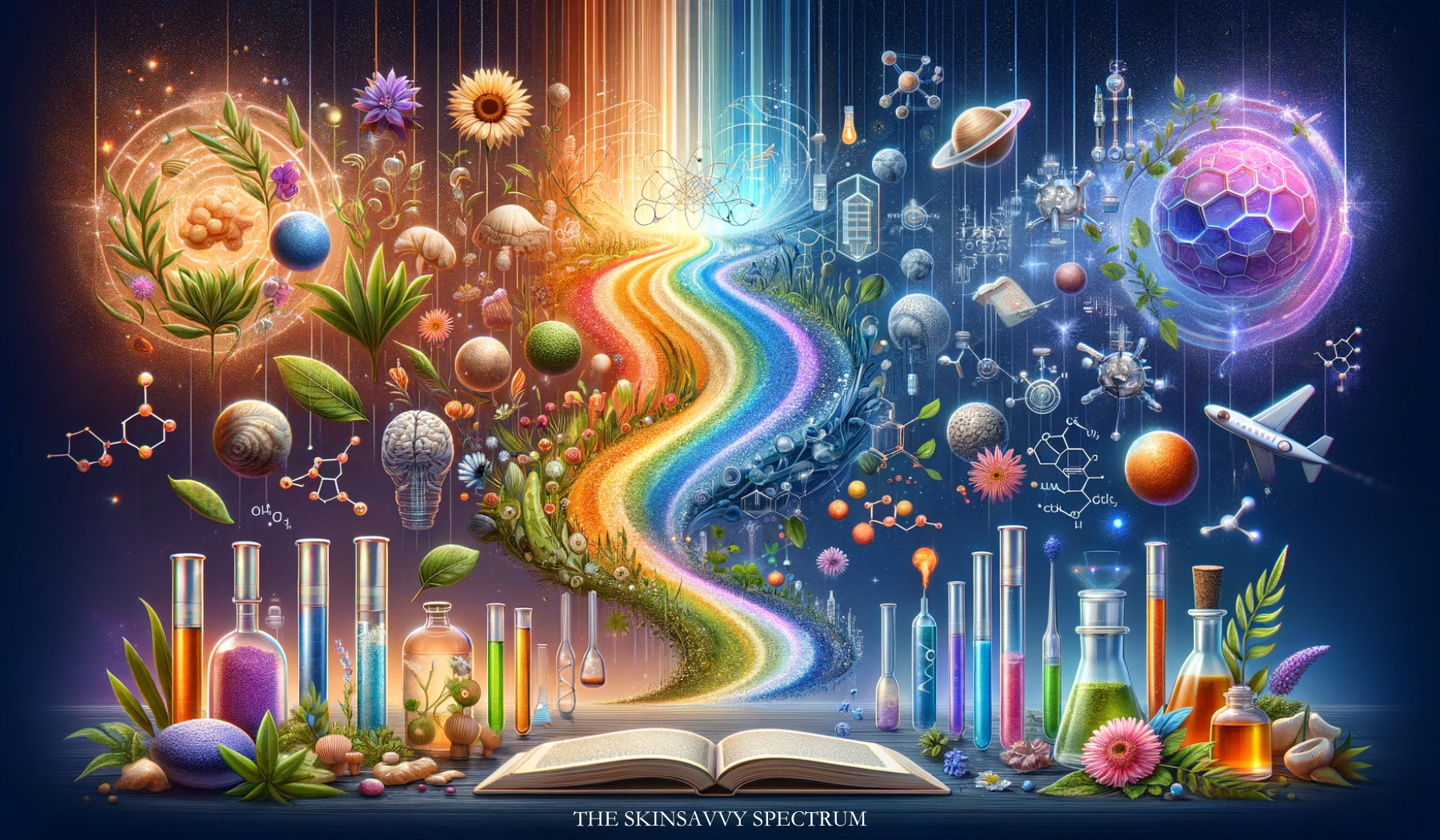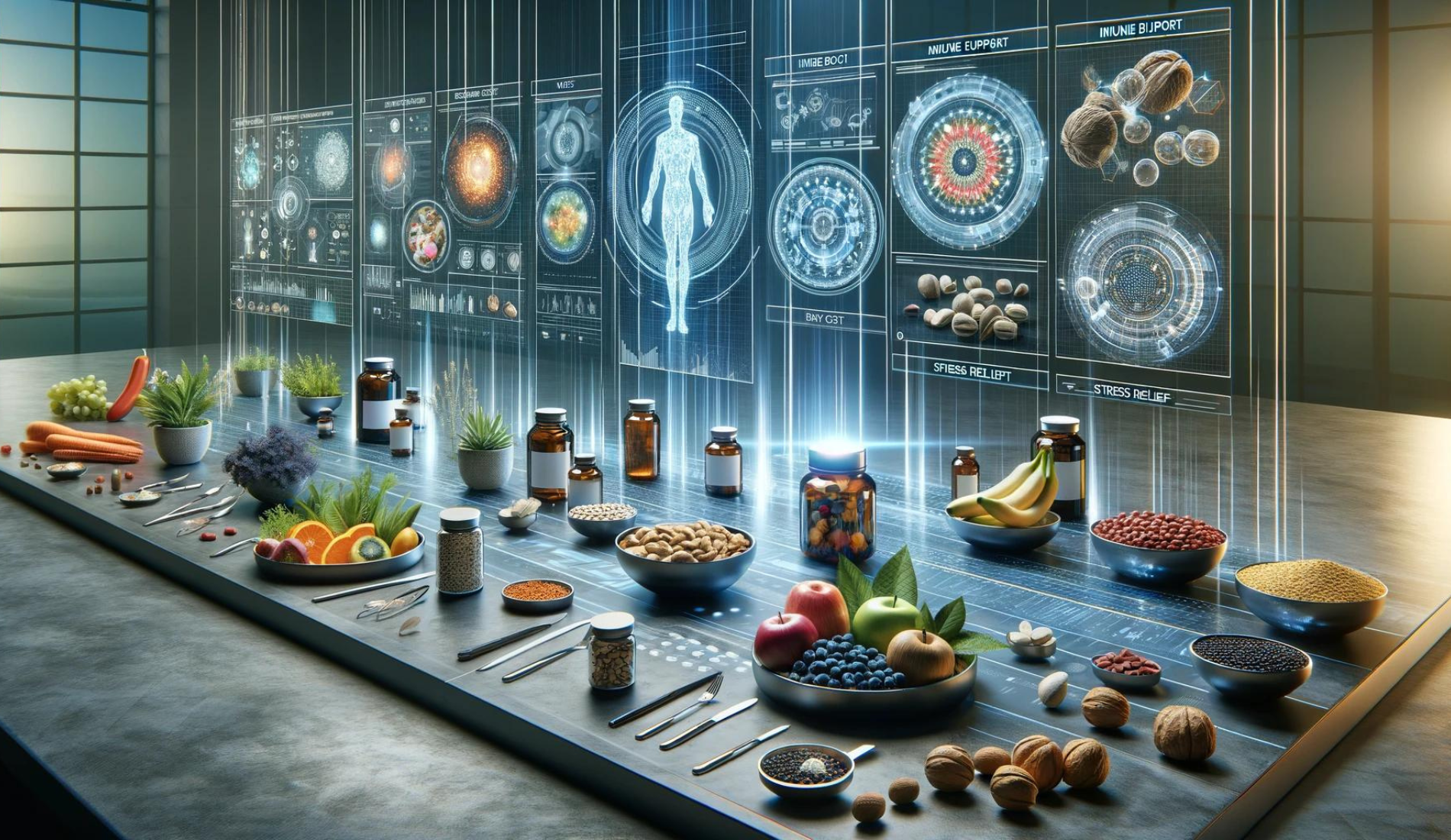
Table of Contents
Introduction
Microplastics, tiny fragments of plastic, have infiltrated almost every corner of our planet. These smaller plastic particles, less than 5 millimetres, stem from the breakdown of oversized plastic products and certain everyday items like synthetic fabrics and personal care products. Their omnipresence, from oceans to our bodies, is a stark reminder of the scale of this issue.
The widespread presence of microplastics should raise significant concerns about potential long-term health effects. While much is still being studied, these particles are believed to carry toxins and may interfere with natural bodily functions. Understanding what microplastics are, where they come from, and how to detoxify from their effects is crucial in maintaining health in today's plastic-filled world.
Common Sources of Microplastics
Microplastics come from everyday items and processes we might not even realise. Here's where they most commonly originate:
- Breakdown of Larger Plastics: Over time, plastic bottles, bags, and packaging degrade into microplastics through sunlight exposure, heat, and wear and tear.
- Synthetic Fibers in Clothing: When washed, polyester, nylon, and acrylic fabrics shed tiny fibres. These microfibers can enter the water supply and contaminate aquatic life and drinking water.
- Personal Care Products: While many countries have banned microbeads in cosmetics and scrubs, older products or those from specific markets may still contain these plastic particles.
- Industrial Processes: Microplastics are often a byproduct of manufacturing processes, including paints, coatings, and even car tyres, which shed particles as they wear down.
- Plastic Packaging: Food-wrapping materials often contain microplastics, which can break down over time and enter the food chain.
By recognising these familiar sources, you can start making minor changes to limit your exposure to microplastics in daily life.
Health Risks of Microplastics
Though microplastics are still being studied, early research suggests several potential health risks that should be of concern to all of us:
- Toxic Carriers: Microplastics often carry harmful chemicals, such as pesticides, heavy metals, and endocrine disruptors like BPA. Endocrine disruptors can interfere with the body's endocrine system, potentially leading to hormonal imbalances and health issues. Once ingested or inhaled, these toxins may interfere with hormones, affecting fertility, metabolism, and development. Inflammation and Cellular Stress: When microplastics enter the body, they can cause inflammation, leading to conditions like cardiovascular disease and gastrointestinal issues.
- Hormonal Disruption: Some microplastics carry chemicals that mimic or block natural hormones, potentially leading to thyroid problems, fertility issues, and metabolic disorders.
- Respiratory Irritation: Inhaled microplastics, especially those from dust and airborne particles, may trigger lung irritation and chronic respiratory issues like asthma.
- Accumulation in Organs: Research suggests that microplastics may accumulate in organs, such as the liver, kidneys, and brain, potentially leading to organ dysfunction over time.
Understanding how microplastics enter our bodies and the potential health risks they carry is crucial to reducing exposure. By gaining this knowledge and making mindful choices, you can take control of your health and contribute to a cleaner, healthier future.
How Microplastics Enter the Body
Microplastics enter the human body through three main pathways:
- Ingestion: Microplastics are found in food and water, especially seafood and packaged products. Even bottled water can contain plastic particles.
- Inhalation: Airborne microplastics come from household dust, car tyres, and synthetic textiles. We inhale these particles in both indoor and outdoor environments.
- Skin Absorption: While less common, microplastics from personal care products with microbeads can potentially be absorbed through the skin, though more research is needed on this pathway.
Once in the body, microplastics can travel through the bloodstream and accumulate in tissues and organs. While research continues, reducing exposure is critical to limiting potential harm.
Detoxifying Microplastics: Key Strategies
While eliminating microplastics is impossible, you can support your body's natural detox systems. Here are some science-backed strategies to help your body remove microplastics and other toxins. For instance, increasing fibre intake helps bind and eliminate toxins through regular bowel movements. Plenty of fruits, vegetables, whole grains, and legumes promote gut health and reduce microplastic absorption.
- Increase Fiber Intake: Dietary fibre helps bind and eliminate toxins through regular bowel movements. Eat plenty of fruits, vegetables, whole grains, and legumes to promote gut health and reduce microplastic absorption.
- Support Liver Detoxification: The liver is the body's primary detox organ. Foods like broccoli, kale, and turmeric, and supplements like milk thistle help enhance the liver's ability to break down toxins, including those from microplastics.
- Boost Antioxidants: Microplastics may increase oxidative stress, leading to inflammation. Foods rich in antioxidants, such as vitamins C and E, selenium, and glutathione, can help neutralise these harmful effects.
- Stay Hydrated and Sweat: Drinking water flushes out toxins through urine. Additionally, practices like infrared saunas or exercise-induced sweating can help release stored toxins, including microplastics, through the skin.
- Probiotics for Gut Health: A healthy gut supports overall detoxification. Probiotics are beneficial bacteria that can improve gut health and promote the removal of harmful particles. Fermented foods like yogurt, sauerkraut, and kefir are rich sources of probiotics and can be included in your diet to support your body's natural detox pathways. Activated Charcoal: Though research is ongoing, activated charcoal may help bind to toxins in the digestive tract, preventing them from being absorbed into the bloodstream.
Combined with reducing exposure to microplastics, these strategies can support your body's natural detox pathways.
Reducing Your Microplastic Exposure
Preventing further microplastic exposure is just as important as detoxifying. Here are practical ways to minimise your intake:
- Filter Your Water: Microplastics are found in both tap and bottled water. Installing a high-quality water filter, such as a reverse osmosis system, can significantly reduce microplastic particles.
- Avoid Plastic Packaging: Opt for fresh, unpackaged produce or choose items stored in glass or paper containers. Avoid heating food in plastic containers, as they can leach microplastics, especially when exposed to heat.
- Choose Natural Fabrics: Avoid synthetic fibres like polyester and nylon. Instead, opt for natural fibres like cotton, wool, or linen to reduce microfiber pollution during laundry.
- Use Eco-Friendly Personal Care Products: Choose natural exfoliants like sugar or coffee grounds and choose personal care products from brands that avoid plastic ingredients.
- Reduce Household Dust: Vacuum regularly with a HEPA filter and dust surfaces with a damp cloth to reduce airborne microplastics in your home.
By making these small changes in your daily life, you can significantly reduce your exposure to microplastics and improve your and the environment's health.
Future Outlook on Microplastics and Health
As awareness of microplastics grows, so does the global effort to understand and mitigate their impact on human health and the environment. You, as a reader, are a part of this effort. Your understanding and actions to reduce microplastic exposure in your daily life contribute to this global movement. Ongoing research reveals how microplastics affect the body, while innovations like biodegradable plastics offer promising alternatives.
Governments are beginning to take action through bans on single-use plastics and improved waste management practices. At the same time, companies are responding to consumer demand for sustainable products by reducing plastic packaging.
As research and policy progress, we may see new solutions for reducing microplastic pollution. In the meantime, your role in adopting strategies to reduce exposure and detoxify the body remains crucial for safeguarding long-term health. Your choices can make a significant difference in the fight against microplastic pollution.
Conclusion
Microplastics are a growing concern in our modern world, infiltrating the air, water, and even our bodies. While it's impossible to eliminate them, you can take proactive steps to reduce your exposure and support your body's detox systems. By making mindful choices in your diet, lifestyle, and product use, you can minimise the risks posed by microplastics and contribute to a cleaner, healthier future for all.
Disclaimer: This article is for educational purposes only and is not a substitute for medical advice. Consult a healthcare provider before changing your diet, lifestyle, or detox routine. The effectiveness of detox strategies for microplastics is still being researched, and individual results may vary.
References
- Galloway, T. S., & Lewis, C. N. (2016). Marine microplastics spell big problems for human health. Nature, 544(7650), 41-45. Retrieved from https://pubmed.ncbi.nlm.nih.gov/26903632/ on September 15, 2024.
- Smith, M., Love, D. C., Rochman, C. M., & Neff, R. A. (2018). Microplastics in seafood and the implications for human health. Current Environmental Health Reports, 5(3), 375-386. Retrieved from https://link.springer.com/article/10.1007/s40572-018-0206-z on September 15, 2024.
- Prata, J. C., da Costa, J. P., Lopes, I., Duarte, A. C., & Rocha-Santos, T. (2020). Environmental exposure to microplastics: An overview on possible human health effects. Science of the Total Environment, 702, 134455. Retrieved from https://europepmc.org/article/med/31733547 on September 15, 2024.
- Wright, S. L., & Kelly, F. J. (2017). Plastic and human health: A micro issue? Environmental Science & Technology, 51(12), 6634-6647. Retrieved from https://pubs.acs.org/doi/10.1021/acs.est.7b00423 on September 15, 2024.
- Bouwmeester, H., Hollman, P. C. H., & Peters, R. J. B. (2023). Health effects of micro- and nanoplastics in humans: Current knowledge and future challenges. Environmental Health Perspectives, 131(2). Retrieved from https://www.ncbi.nlm.nih.gov/pmc/articles/PMC9920460/ on September 15, 2024.
- Rochman, C. M., Browne, M. A., Underwood, A. J., van Franeker, J. A., Thompson, R. C., & Amaral-Zettler, L. A. (2016). The ecological impacts of marine debris: Unraveling the demonstrated evidence from what is perceived. Ecology, 97(2), 302-312. Retrieved from https://esajournals.onlinelibrary.wiley.com/doi/abs/10.1890/14-2070.1 on September 15, 2024.
- Lehner, R., Weder, C., Petri-Fink, A., & Rothen-Rutishauser, B. (2019). Emergence of nanoplastic in the environment and possible impact on human health. Environmental Science & Technology, 53(4), 1748-1765. Retrieved from https://pubs.acs.org/doi/10.1021/acs.est.8b05512 on September 15, 2024.
- Li, J., Zhang, K., & Zhang, H. (2018). Adsorption of antibiotics on microplastics. Environmental Pollution, 237, 460-467. Retrieved from https://www.sciencedirect.com/science/article/abs/pii/S0269749117345347 on September 15, 2024.
- European Food Safety Authority (EFSA). (2016). Presence of microplastics and nanoplastics in food, with particular focus on seafood. EFSA Journal, 14(6), 4501. Retrieved from https://efsa.onlinelibrary.wiley.com/doi/full/10.2903/j.efsa.2016.4501 on September 15, 2024.






















